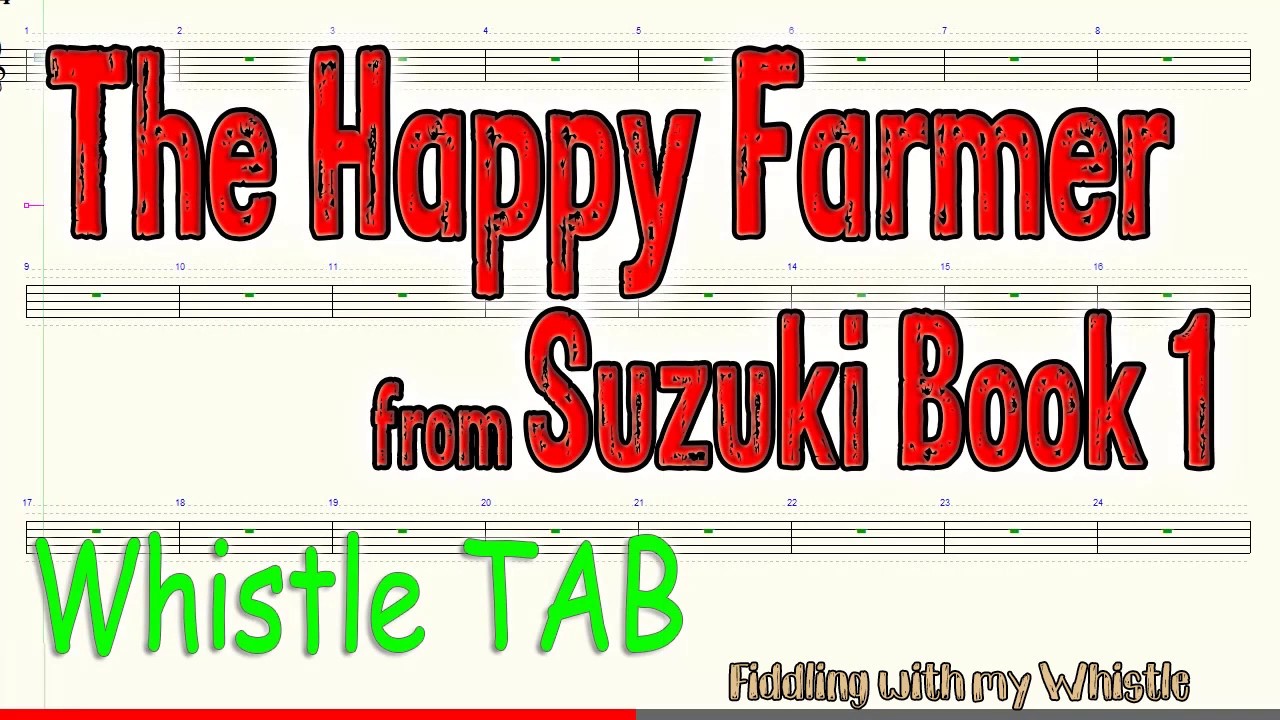

In addition, I also borrowed a couple of etudes books designed to go with the Suzuki method (recommended to start at book 4, but the 1st position ones I will concentrate on can be used at the start of book 2). As an educator myself (although of language, not music!!) I really appreciate having this kind of information. Each song in the book (up to book 5) has its own section, with tips, things to check, photos of correct posture, rationale for why it is included there in the curriculum, etc.

While I was at the library today, I also picked up "The Suzuki Violinist" which, while dated, has a wealth of information in it. That's great, lovely to have someone to work through this with! Is anyone else using this (or any other) Suzuki book? I know it is intended for use by a team of teacher-parent-student, and it may be tricky to be my own teacher/parent, so I'm interested to hear how others have fared! So this should make it less of a mindless repetition each day, and more of a useful skill-building exercise. and which appear to introduce techniques needed for the later songs. when it's the only thing you can play it does get a bit stale!) which should spice up practice a bit. Today I found over a dozen variations on the dreaded Twinkle (well, dreaded to me. As juvenile as it may be, I plan on using some of these tactics to enhance my own practice! I had none of this as a kid, just the black and white pages of the Suzuki book with its very old photos. Something which has surprised me in my online investigations of Suzuki education more recently has been the vast amount of colourful materials created for keeping kids motivated - charts and beads and so on for keeping track of practice repetitions, dice and jenga games and fortune tellers and spinners etc.

However, there were quite a few ways in which the instruction I had was un-Suzuki-like, if one can say such a thing! I did not have access to recordings of the pieces to listen to (didn't even know a CD/tape existed! Now, thanks to YouTube I have lots of samples), I started at around 11ish years of age, rather than younger (I'm in a much 'worse' position now :P) and my parents weren't involved at all (I guess I now have the advantage of an adult's motivation - my own). I've reserved Suzuki's Nurtured By Love from my library, as I'm interested in finding out more about this method which, I know, has aroused some controversy.įrom what I can tell so far, the instruction I was exposed to in the past was Suzuki in some ways (obviously, we used the Suzuki books, and learning to play by following demonstrations (and hence, I guess, improving the ear?) rather than note-reading was prioritised). Is there anyone else with a similar goal in mind? The displayed original by Bach is for the keyboard instrument.After almost 2 decades away from the violin, having not gotten very far in the first place, I've set myself the challenge of finishing Suzuki Book 1. 3 in G major scale are still under copyright. Pitfalls for the students Bowings Sheet musicīoth Shinichi Suzuki's arrangement and Kersting Wartberg's arrangement of Minuet No. legato, portato, independent third finger, string crossing A-D, string crossing D-A, string crossing E-A, détaché, string crossing A-E, ornament, intonation.This minuet is attributed to Christian Petzold.

Suzuki lowered the first four measures in the second part by a third. 4, BWV Anhang 114 from Notebook for Anna Magdalena Bach (1725). 3 is not an original violin composition, it is Shinichi Suzuki's arrangement of Johann Sebastian Bach's Menuet No. 15 in Suzuki Violin School, Volume 1 is in the G major key, meter is 3/4 and tempo is di Minuet.


 0 kommentar(er)
0 kommentar(er)
